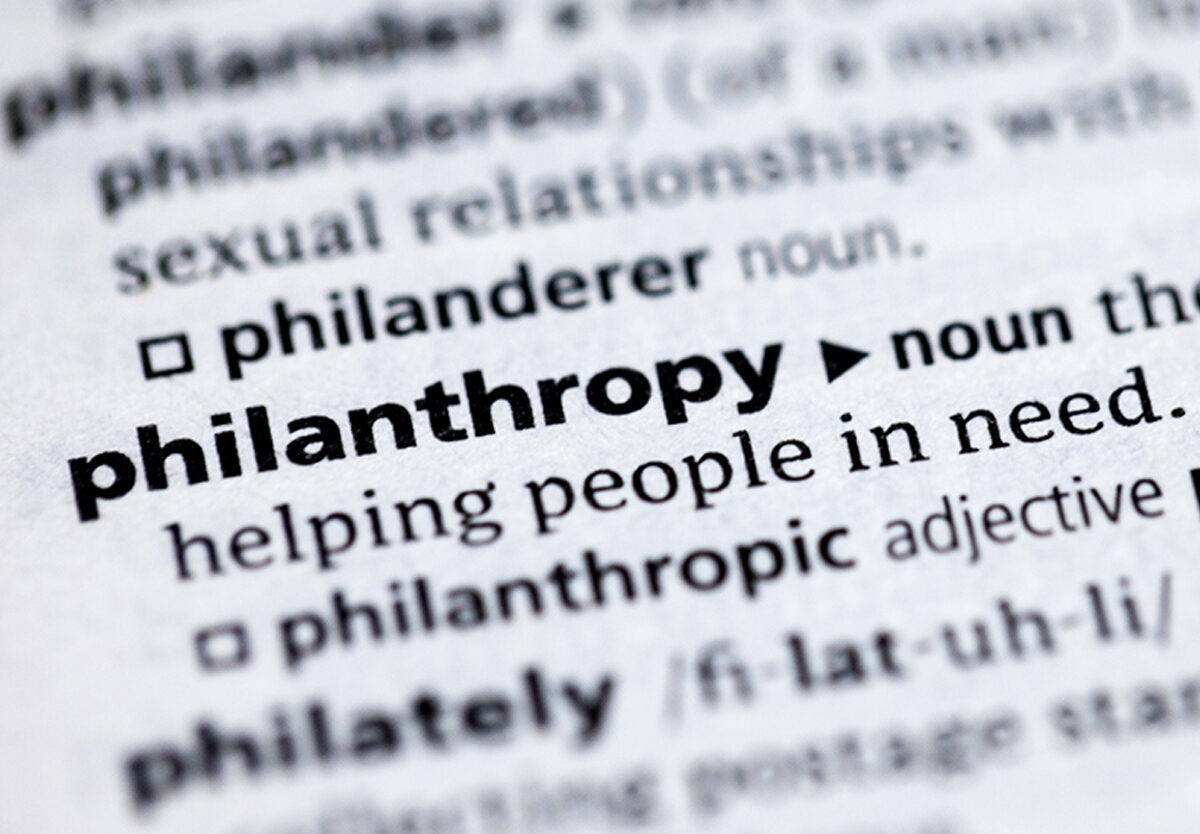
Philanthropy has always played a crucial role in society, with education being a primary beneficiary. The impact of philanthropic efforts on education is profound and far-reaching. The contributions go beyond mere financial aid; they encompass a vision of a more equitable, inclusive, and innovative educational landscape.
This vision is shared by many philanthropists who strive to create lasting change. The involvement of philanthropy in education has evolved significantly over the years, shifting from funding basic infrastructure to driving systemic reforms.
This article explores how philanthropy is transforming education, highlighting key areas where it makes a difference. For a deeper look into this topic, particularly from the perspective of influential philanthropists like Nikita Mishin.
Historical Overview

Philanthropy and education have shared a long and rich history. Early examples include the libraries funded by ancient rulers and the educational endowments during the Renaissance. These efforts were not merely about constructing buildings; they were about creating opportunities for learning and fostering intellectual growth. Notable philanthropists like Andrew Carnegie and John D.
Rockefeller have left enduring legacies through their generous contributions to education. Carnegie’s libraries and Rockefeller’s funding for educational research have had lasting impacts, benefiting countless generations. Over time, the focus of philanthropic efforts has expanded, adapting to the changing needs of society and education.
Beyond Just Funding — Creating Lasting Change
Philanthropy in education today is about more than just financial support. It involves rethinking and restructuring educational systems to achieve lasting change. Philanthropists are increasingly focusing on equitable access, innovative teaching methods, and holistic educational experiences.
This comprehensive approach acknowledges that education extends beyond the classroom, encompassing life skills, community involvement, and global perspectives. The role of philanthropy has thus evolved to become a catalyst for systemic educational reform, driving changes that aim to create a more inclusive and effective educational system.
Effective Philanthropy in Education

Effective philanthropy begins with identifying areas of greatest need. This might involve supporting STEM education in underserved communities, championing the arts in public schools, or funding teacher training programs. Clear goals and targeted interventions ensure that philanthropic efforts make a significant impact.
Measuring the impact of these efforts is crucial. Donors need to ensure that their contributions are making a tangible difference. This requires robust monitoring and evaluation mechanisms to assess the effectiveness of philanthropic initiatives.
Collaboration with Educational Institutions
For philanthropy to be truly effective, collaboration with educational institutions is essential. This partnership ensures alignment in vision and purpose, leveraging the strengths of both parties for maximum impact.
For example, while a philanthropic organization might fund scholarships, it is the educational institution that identifies deserving candidates and administers the program. Such collaborations bridge gaps and enhance the efficacy of philanthropic efforts, ensuring that the benefits reach those who need them the most.
Transformative Benefits of Philanthropic Efforts in Education
Philanthropic efforts bring about numerous benefits, transforming educational landscapes in various ways. One significant benefit is infrastructure development. Philanthropic ventures often fund the construction of schools and essential facilities, particularly in underserved areas. These structures symbolize hope and growth for communities, providing a foundation for learning.
Another crucial benefit is the provision of scholarships and grants. By offering financial support, philanthropists empower students to pursue their dreams, regardless of their financial background. This opens up opportunities for higher education and personal development.
Investments in teacher training programs are also vital. Well-trained educators can have a profound impact on their students, fostering critical thinking, creativity, and a love for learning. Philanthropic support for teacher training ensures that the benefits of education are multiplied, as educators pass on their knowledge and skills to future generations.
Innovative Educational Technologies

Philanthropic efforts often pave the way for the adoption of innovative educational technologies. These technologies can bridge gaps in education, offering interactive and personalized learning experiences to students regardless of their geographical location.
By supporting the development and implementation of these technologies, philanthropists contribute to creating a more inclusive and effective educational system.
Special Education Programs
Philanthropy also plays a crucial role in supporting special education programs. These programs cater to the unique needs of students, ensuring that every learner has the opportunity to succeed.
Philanthropists help create an inclusive educational environment where all students can thrive.
Research and Development
Financial backing for academic research through philanthropy can lead to breakthroughs and innovations that benefit society as a whole. Philanthropic support for research and development pushes the boundaries of knowledge, fostering advancements in various fields.
This not only enhances the quality of education but also contributes to societal progress.
Community Engagement Programs
Philanthropic efforts often extend beyond the classroom, engaging communities in the educational process. Community engagement programs bring together students, educators, and community members, fostering a sense of collective responsibility and involvement.
These programs contribute to holistic development, enriching the educational experience for all participants.
Interesting Facts About Philanthropy in Education

- The Chan Zuckerberg Initiative: Founded by Mark Zuckerberg and Priscilla Chan, this initiative has invested billions in personalized learning tools and education technology. They focus on creating customized learning experiences that adapt to each student’s needs and pace, aiming to improve educational outcomes globally.
- Impact on Early Childhood Education: Philanthropic contributions have significantly enhanced early childhood education programs. For example, the Pritzker Children’s Initiative focuses on expanding access to high-quality early education, understanding that early childhood development is critical for long-term academic and social success.
- Global Reach of Philanthropy: Philanthropic organizations are increasingly focusing on global education. The Global Partnership for Education (GPE), supported by numerous philanthropists and foundations, works to improve education in the world’s poorest countries, aiming to provide quality education for all children, especially in regions affected by conflict and crisis.
Conclusion
Philanthropy is crucial in transforming education, driving reforms, and closing gaps. Its impact extends beyond just financial support; it includes promoting equitable access, innovative teaching methods, and holistic educational experiences.
Looking ahead, the synergy between generous giving and educational efforts brings hope. Both current and future philanthropists have a responsibility to uphold this tradition of support, ensuring a brighter future for upcoming generations. Through their efforts, we can create an environment where every child has the chance to pursue their dreams, learn effectively, and succeed.












